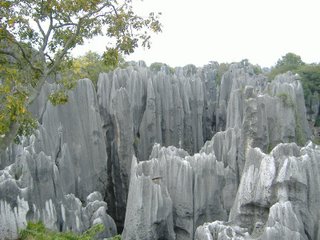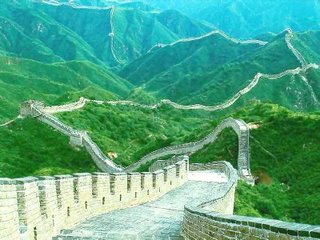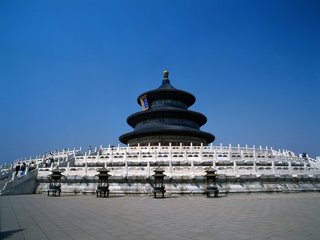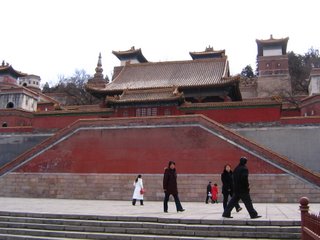China, a land of beauty and fascination, tempts
adventurous travellers all over the world. China has a five-thousand-year
history, and there are many tourist attractions that are worthy of being visited.Beijing
for example. It is the capital city of China, inside of which you are able to
see the forbidden city, that is full of ancient artifacts and collections, and
also the famous great wall of china that is made of rocks, and was built
thousands of years ago.Moreover, it is the only structure on earth that you can
see from the satellite.Apart from Beijing, there are also many attractive and
historical places, such as Xian with rock-made ancient soldiers' sculptures,
Xitang with the beautiful ancient towns, and also Guangxi with many exotic
minorities.China is the fourth largest country in the world, with many
different types of scenery. If you want to go to the beach and enjoy the
sunshine, Hainan will be your best choice, because it has a fabulous blue sea
and beautifull beaches with golden sands.
If you want to climb mountains and experience some
exciting adventures, you will have a numbers of options to choose from, like
Yellow Mountain, Tai mountain, etc. Many of them have interesting ancient fairy tales, about
the strange-shaped rocks: If you want to gamble and have some exciting night life,
Macao will be the first place you should go, for it is one of the biggest
gambling cities in the world.If you want to go in Beijing upon
arrival at the airport in Beijing, you will be met by the guide and transferred
to the comfortable hotel. And then, you could have a great rest at the hotel or
go to touch the city first by yourself. Amazing sightseeing starts from paying a visit to the world
grandest city square – Tiananmen Square, a frequently viewed scenic spot all
the year round. When walking through the square, you might find the majestic
forbidden city not remote. As an imperial palace existing for nearly 500
hundreds years, the Forbidden City consists of 8707 rooms and is regarded as the
biggest as well as best-preserved royal architectural complex. Then, get on a
rickshaw to explore the narrow and clean hutongs and visit the local family as
well as have a dainty lunch with the family members. At afternoon, go on to
explore the picturesque summer palace.When you will reach in Xian then
highlight today is the world-famous Terra-Cotta Warriors and Horses where you
might be shocked by the rows of life-size warriors in order. After a local
dainty lunch, make a stop at the square infront of the Big Wild Goose Pagoda
and choose the best angle to view this "Leaning Tower of China". As
walking around the square, you can also appreciate the exquisite architectures
and sculptures on its two sides.The tour of Guilin is enough amazing. When
cruising down the Li River, you would be fascinated by a picturesque view seen
only on photos. If you wish to get a glimpse of Chinese country life, after
disembarking, the dream would come true because you will be arranged to take a
battery car to go through the local countries and fields to experience really
fresh rurality. Finally, go back to Guilin. The lunch is to be eaten on board.
In
Shanghai the first sightseeing stop is the Shanghai museum where you could see
lots of splendid Chinese treasures, and then you will take a walk around the
Bund. After lunch, continue to visit the Yuyuan Garden and Bazaar. Finally,
roam the Tianzifang, a neighborhood with clean alleyways and featured stalls,
restaurants, cafes and shops of selling artwork.

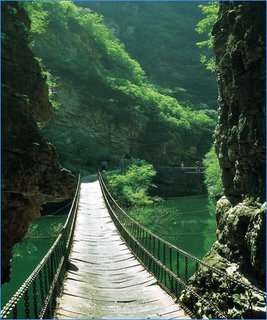 Jingdong Canyon scenic area, located north of Yuzishan Village, is composed of two scenic areas ?? the grand canyon and Jingtai Mountain. The scenic area is adjacent to Panshan Mountain in the south, and to the Jingdong Cave, Jinhai Lake, Huangyaguan
Jingdong Canyon scenic area, located north of Yuzishan Village, is composed of two scenic areas ?? the grand canyon and Jingtai Mountain. The scenic area is adjacent to Panshan Mountain in the south, and to the Jingdong Cave, Jinhai Lake, Huangyaguan 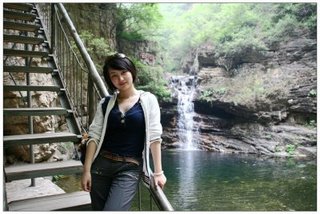
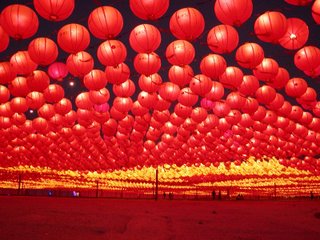 The Lantern
The Lantern 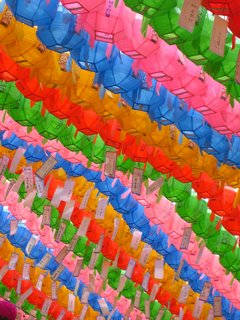
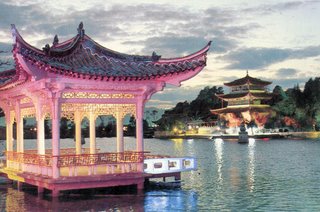
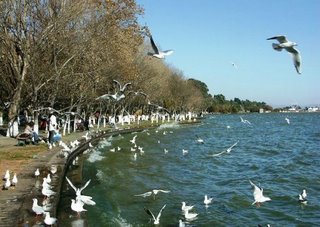
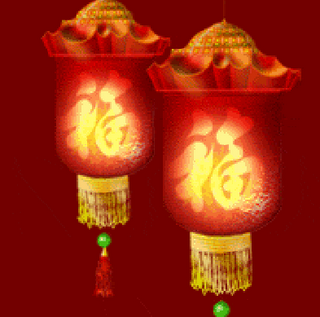 The
The 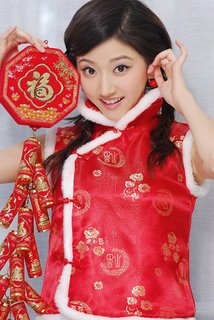
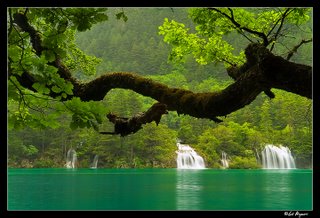
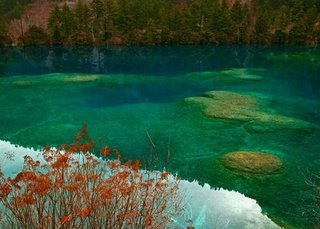
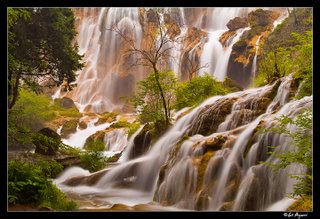
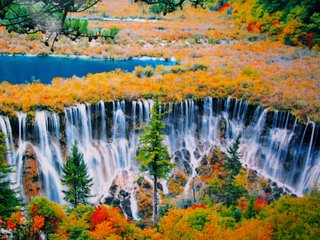
 The famous scrolls of
The famous scrolls of 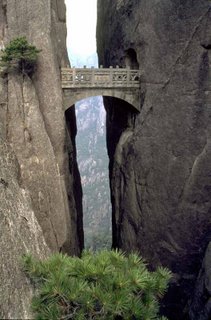
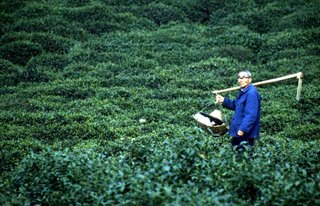


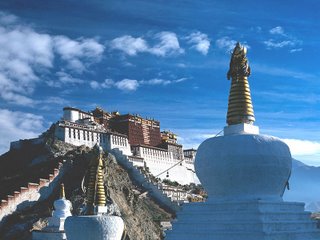

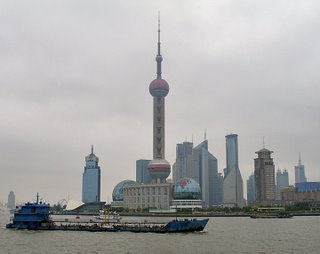

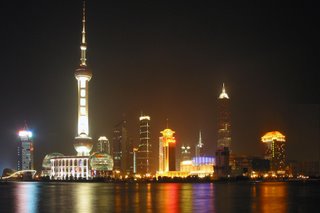
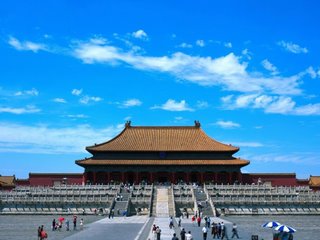

 Just as
Just as 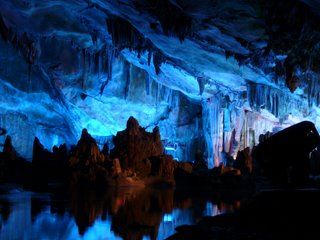
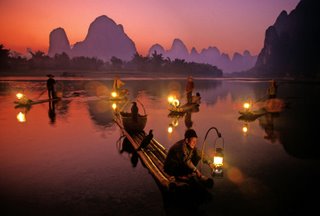
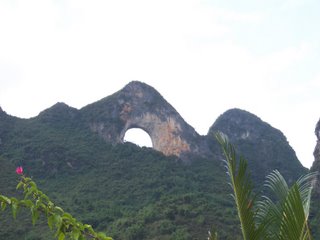
 50 kilometers northwest from
50 kilometers northwest from 